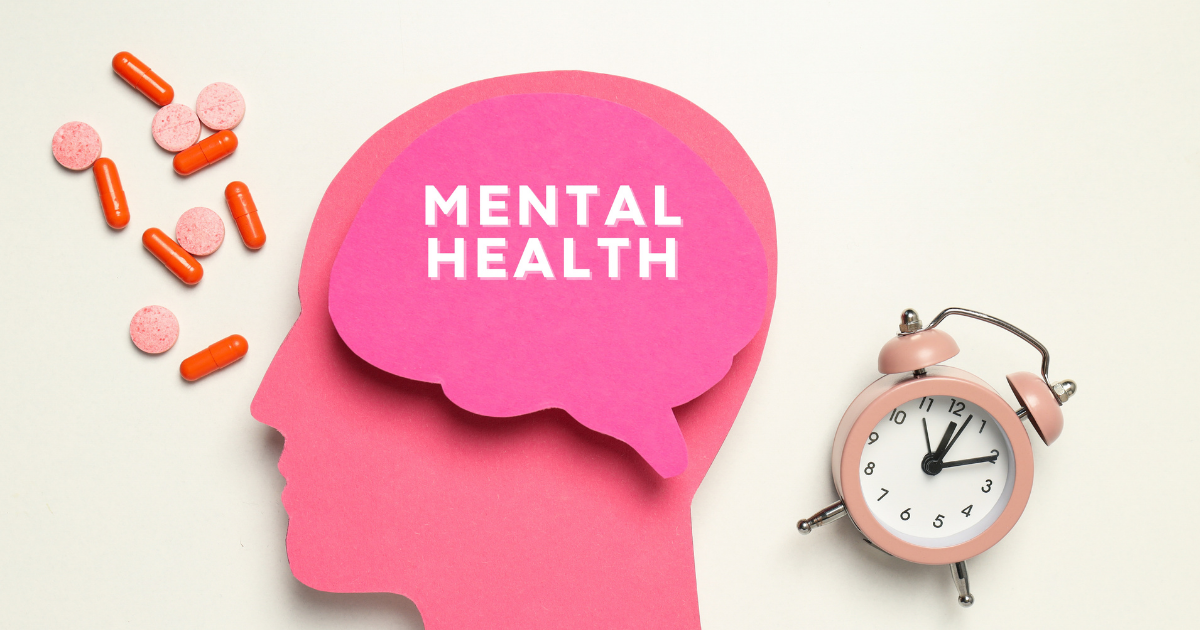Mental health is as vital as physical health, yet it often remains buried under layers of stigma and misconception—especially in Pakistan. Rising stress levels, economic uncertainty, and the lingering effects of social upheaval have brought mental well‑being into sharp focus. This in‑depth article explores the landscape of mental health in Pakistan: its challenges, cultural barriers, emerging support systems, and the path forward toward a more compassionate society.
For many Pakistanis, struggling with feelings of anxiety, depression, or trauma is still viewed as a personal weakness rather than a treatable health concern. Estimates suggest that nearly one in five adults in Pakistan experiences a mental health disorder at some point in their lives, yet only a fraction seek help. This gap is driven by:
The Current Landscape
- Limited Awareness: Conversations around mental health often happen in hushed tones, if at all.
- Insufficient Services: There are fewer than 500 psychiatrists serving a population of over 240 million.
- Economic Pressures: High unemployment, rising living costs, and job insecurity keep stress levels elevated.
The result is an invisible crisis—one that impacts families, communities, and the nation’s productivity.
The Weight of Stigma
Cultural attitudes play a huge role in keeping mental health issues hidden. Common misconceptions include:
- “It’s All in Your Head.” Mental illness is often dismissed as imaginary or exaggerated.
- “Weak Faith.” Some believe emotional struggles reflect spiritual weakness.
- Fear of Social Exclusion. Admitting to anxiety or depression can lead to gossip, judgment, and even marital prospects being affected.
Because of these beliefs, many avoid professional help, turning instead to self‑medication, isolation, or denial—often making symptoms worse over time.
Barriers to Care
Even for those ready to reach out, obstacles remain:
- Cost and Accessibility: Private therapy can be expensive. Public hospitals may lack specialized staff or have long wait times.
- Geographic Gaps: Mental health services are concentrated in major cities—leaving rural areas almost entirely underserved.
- Lack of Trained Counselors: Beyond psychiatrists, there’s a dire shortage of psychologists, social workers, and counselors.
Together, these barriers leave millions without the support they need.
Signs of Progress
Despite challenges, positive change is underway:
- Growing Professional Community: More universities now offer psychology and counseling programs, producing a new generation of mental health professionals.
- Digital Platforms: Teletherapy apps and online support groups are bringing counseling to people’s smartphones—breaking down geographic and social barriers.
- Awareness Campaigns: NGOs and celebrities are speaking openly about mental health, using social media to normalize the conversation.
- School Programs: A handful of schools have started integrating mental well‑being into their curriculums, teaching children emotional literacy and coping skills from a young age.
These initiatives are slowly chipping away at stigma and improving access to care.
Community and Self‑Help Strategies
While systemic improvements are vital, individuals and families can take immediate steps to support mental health:
- Open Conversations: Encourage friends and family to share how they’re feeling—without judgment or advice-giving.
- Basic Self‑Care: Regular exercise, sufficient sleep, and mindful practices (like deep breathing or brief meditation) can reduce stress.
- Peer Support Groups: Small, informal gatherings—online or in person—offer a safe space to connect with others who understand.
- Trusted Resources: Organizations such as the Rozan and Taskeen helplines provide confidential counseling and referrals.
By taking these steps, communities can foster resilience and empathy at the grassroots level.
Charting the Road Ahead
Improving Pakistan’s mental health landscape requires action on multiple fronts:
- Policy and Funding: The government must allocate dedicated funds to expand mental health services in public hospitals and community centers.
- Training and Education: Invest in training for teachers, primary‑care doctors, and social workers to recognize and respond to early signs of distress.
- Media Responsibility: Journalists and influencers should adopt sensitive reporting guidelines—avoiding sensationalism and sharing accurate information.
- Private Sector Engagement: Employers can introduce workplace mental‑wellness programs, employee‑assistance services, and stress‑management workshops.
These efforts, combined with ongoing civil‑society advocacy, can transform mental health from a taboo into a public priority.
Conclusion
The journey toward a mentally healthier Pakistan is long but not impossible. Each conversation, every therapy session, and all community support efforts bring us one step closer to a society that treats mental health with the same care and urgency as physical health. By breaking the silence and standing together, we can build a future where every Pakistani has access to the understanding and resources they need to thrive—mind, body, and spirit.
